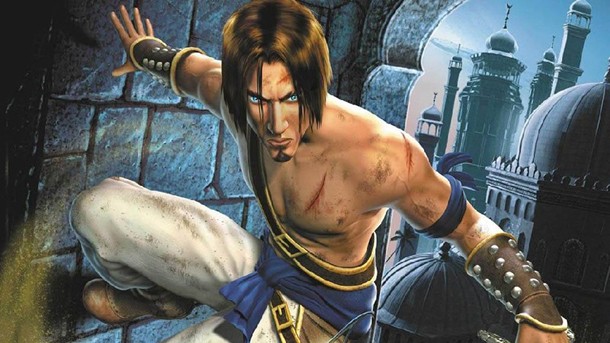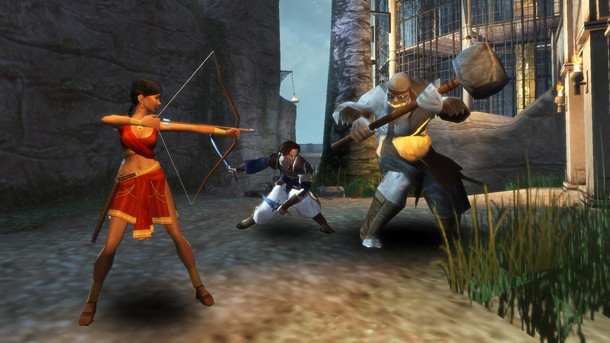The Essentials – Prince Of Persia: The Sands Of Time

The Essentials is Game Informer's weekly recurring feature that takes a look at the most important games the industry has to offer. These games aren't just a ton of fun: Their quality, innovation, and industry influence make them must-play experiences for anyone who wants a greater appreciation of our interactive medium.
This weekend we're taking a look at Prince of Persia: The Sands of Time. Technically the fourth game in the Prince of Persia franchise, Sand of Time marked a reboot for the series with a new story, a new Prince, and new groundbreaking mechanics that are now considered common in many modern games.
Release Year: 2003
Publisher: Ubisoft
Developer: Ubisoft Montreal
Released For: PlayStation 2, Xbox, GameCube, PC
Released in 2003, Sands of Time was helmed by Patrice Désilets (who would later go on to create Assassin’s Creed) and Prince of Persia's original creator, Jordan Mechner. The game eschewed typical platformer mechanics despite living in the genre. Players still had to navigate platforms and obstacles, but the way you approached it was unlike anything before it.
Players ran along walls, climbed like a parkour expert, and swung and flipped from location to location. Rather than being reliant on the precision of your jumps, making your way from the bottom of a location to the top (or the reverse) was approached like a rhythmic puzzle of exploration. Movements were precise and specific, and the resulting display of animation continues to be awe-inspiring more than a decade later.
Between platforming segments, combat also proved to be a highlight for the game. Directing the prince to vault off his enemies’ shoulders to stab them in the back, or leap off of a wall was easy thanks to fluid controls. Sands of Time isn’t a tap the attack button until all the enemies were gone experience. The Prince used his acrobatic prowess to overcome his opponents, and much like the animation of platforming, it continues to impress today.
Wrapping everything together in the game is a clever time manipulation mechanic that served both a thematic purpose and an indispensible tool to navigate difficult platforming sections, or undo combat mistakes. Using the Dagger of Time, the Prince can rewind time a few seconds to undo his mistakes – something he uses to great affect during the game’s closing moments.

Writer Jordan Mechner also payed special attention to the game’s narrative, crafting a time travel story that focused on its small cast of characters. The Prince and Farah grow as characters and closer to each other over the course of the game with believable evolution. Even physically, The Prince shows obvious signs of wear and exhaustion over the course of the game as he progressively loses his armor and gains scars. The Prince you begin the game with is a different person by the end, and the same can be said of Farah, your initially reluctant partner.
Prince of Persia: Sands of Time met nearly universal praise upon release (we gave the game a 9.5) and it went on to garner multiple sequels, spin-offs, and a well-regarded film of the same name – a rare occurrence in the world of video game film adaptations. The Prince’s style of movement and focus on acrobatic animations continues to be a staple of navigation in video games, most apparently in in the Assassin’s Creed series.
Translating successful 2D franchises into 3D doesn’t always go well (as the 1999 PC and Dreamcast Prince of Persia game proved), but Sands of Time’s successful transition built on top of the legacy established by the 1989 Apple II game in an impressive display of modernization. It’s the Prince of Persia I think of when recalling the series and continues to stand as a fun and impressive adventure 12 years later.
For more of the Essentials, click the banner below.

Get the Game Informer Print Edition!
Explore your favorite games in premium print format, delivered to your door.
- 10 issues per year
- Only $4.80 per issue
- Full digital magazine archive access
- Since 1991










